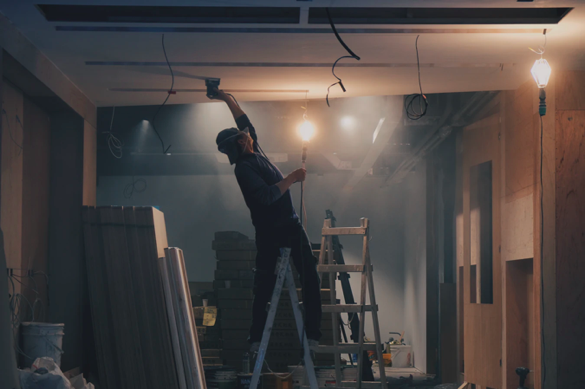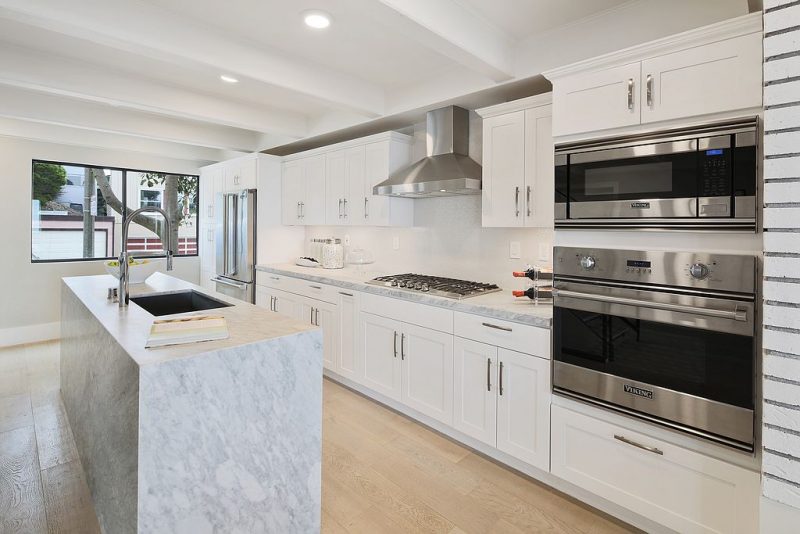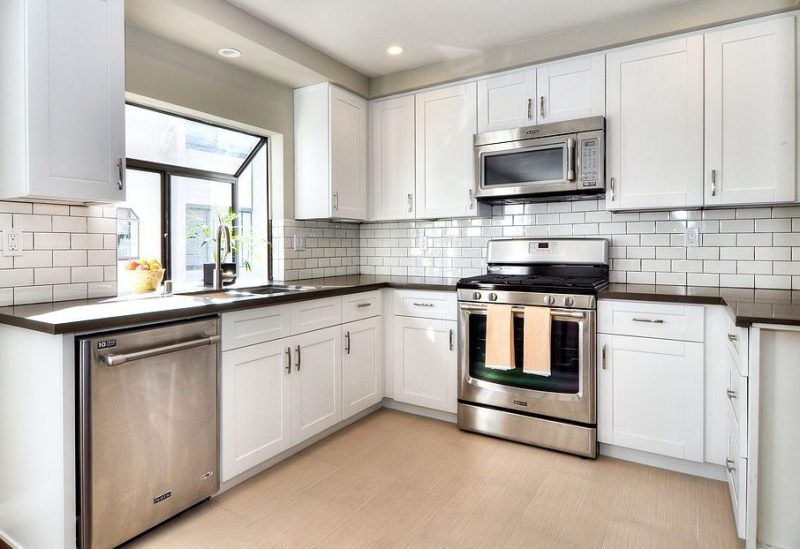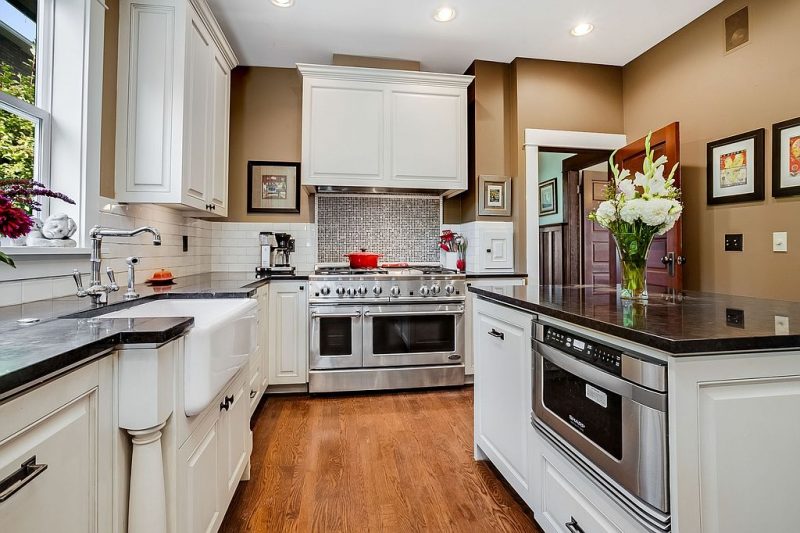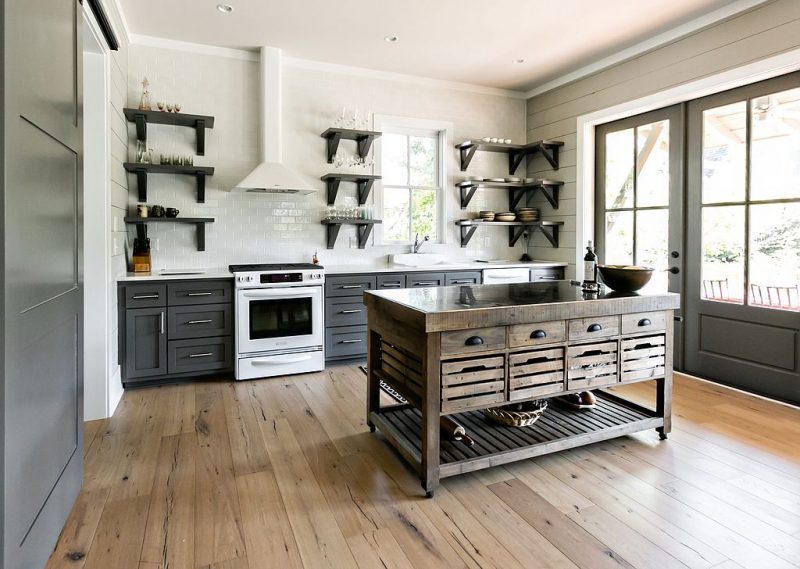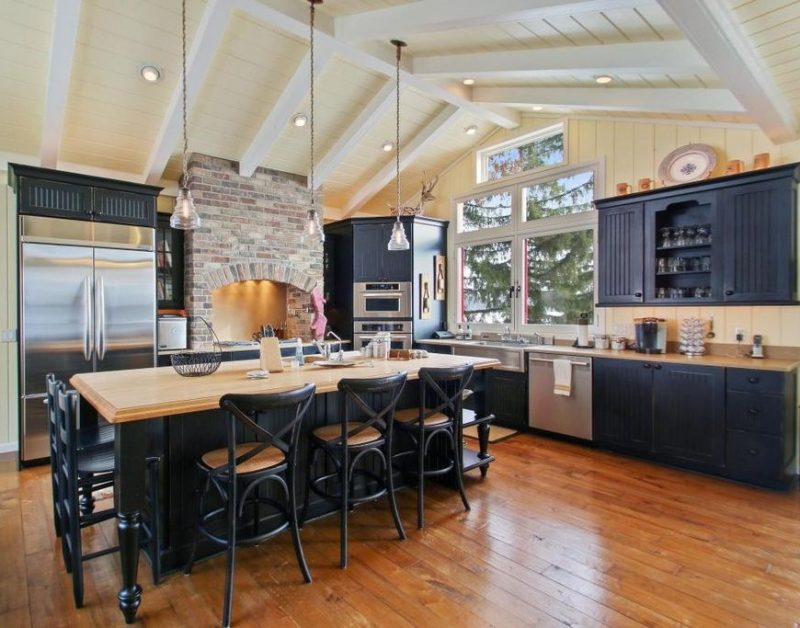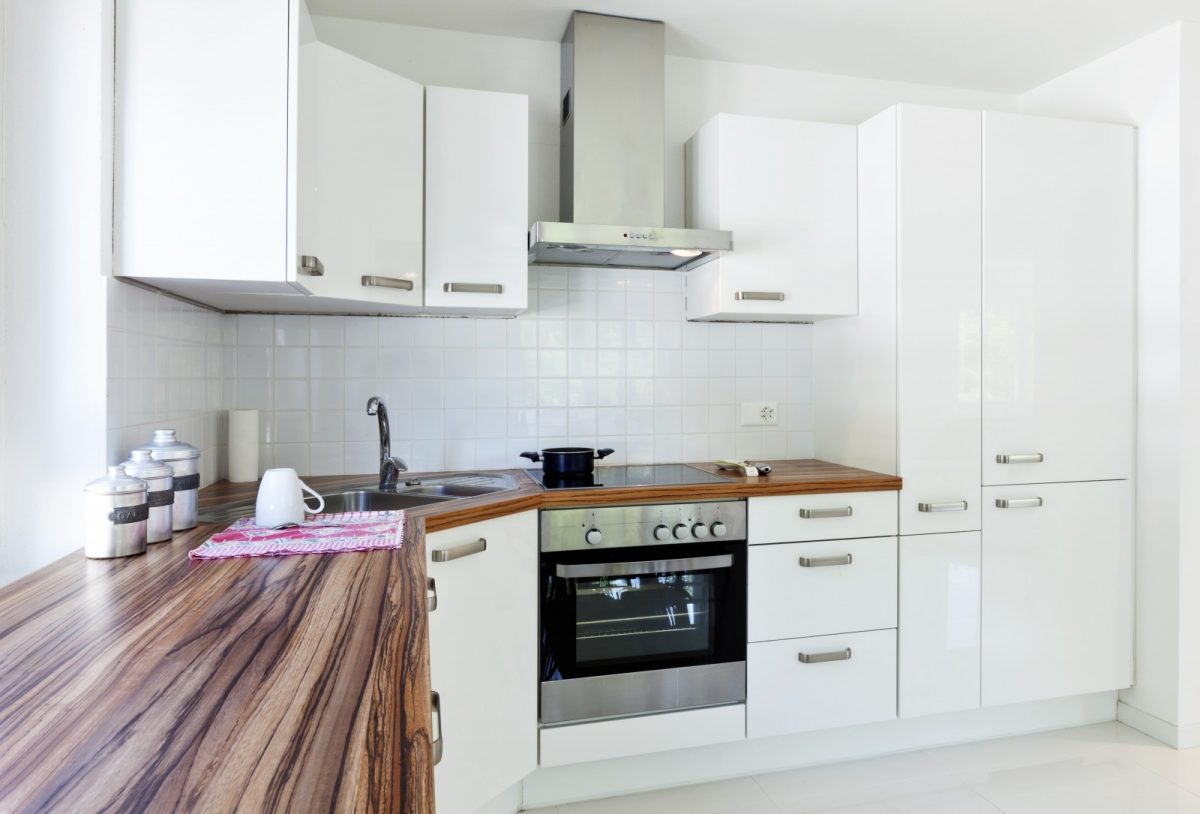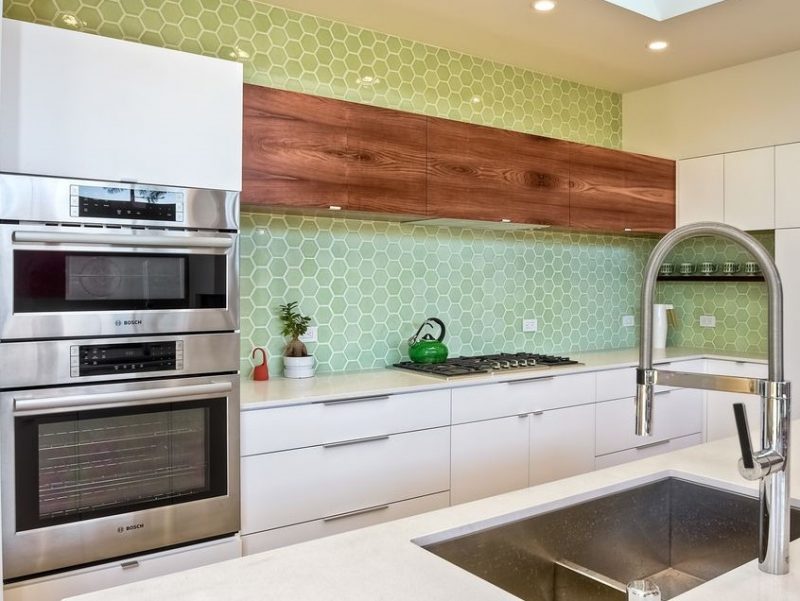WFH is the new normal for many Americans. Here’s how to get your workspace functioning well — and looking great.
Commit to your space
For those of us who don’t have a home office — which is a lot of people — work-from-home routines can easily get derailed. Designating an area for work, even if that place is the bill-paying area in your kitchen, is a way to stay in your routine and get yourself in the work mindset. Whatever spot you choose, just make sure it feels like a dedicated and functional work area. That means adequate lighting, a comfortable chair — the right height for typing without strain — a seamless tech setup that allows you to take and make video calls without having to fiddle with plugs or wires, and an overall lack of clutter on your desk and the surrounding area.
Declutter
This seems obvious, but let’s level with ourselves. When do we really get around to cleaning our desks? Well, now’s the time. Toss anything that needs to be thrown out, pair like items with like, contain those stray pens in one nice decorative cup, and make sure you have all your workday essentials close at hand and non-essential items moved elsewhere.
Curate an inspiration board
Now that you’ve set the stage, it’s time to look ahead. And that wall you’re looking at beyond your laptop should inspire you. This is as good a time as ever to put together an inspiration board and fill it with what makes you happy, from images of your favorite people and pets, to pics of your goals (like that fabulous vacation you are going to take once we’ve all gotten through this tough time!). And yes, you can put your to-dos and important reminders up there too — but keep the focus on the positive and uplifting, and keep it right in your line of sight.
Do a background check
If video calls are part of your new day-to-day, think about what your colleagues are seeing behind you — like that pile of laundry or those mostly empty wine glasses. Keep things clean and uncluttered. And if you have the space, show off your style. Some good background options might be your favorite art piece, interesting souvenirs or a not-overly-stuffed bookcase. Lastly, remember lighting: Your space should be adequately lit, or it’ll look like you’re dialing in from a submarine.
Set the mood
Never got your dream office? This is your moment. We bet scented candles aren’t allowed in your regular workspace, but you get to make the rules at home. Aromatherapy diffusers are another option if you’re worried about curious kids or pets. And now your playlist can softly waft overhead rather than through earphones. Similarly, set out some healthy snacks to avoid refrigerator trips, and nosh away. It’s OK for your home office to feel like your home, and especially now, it’s important to take time to indulge yourself with some creature comforts that feed your soul and make you feel calm and inspired.


















